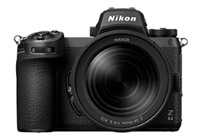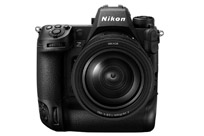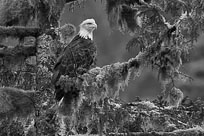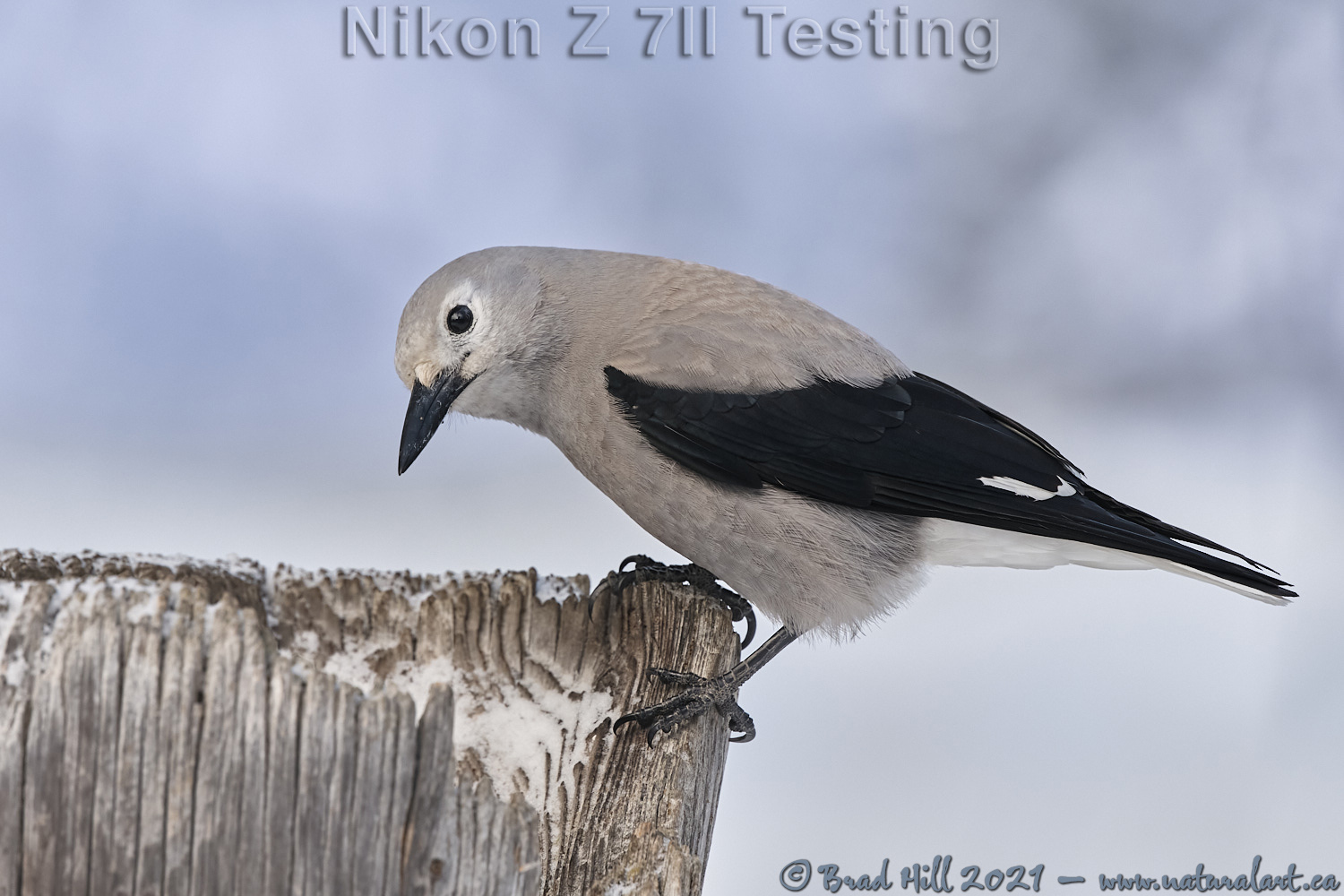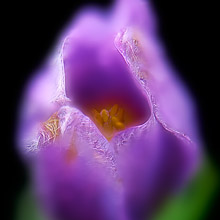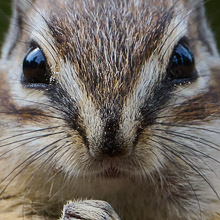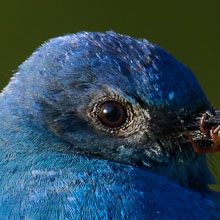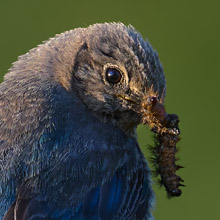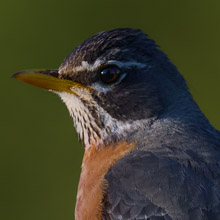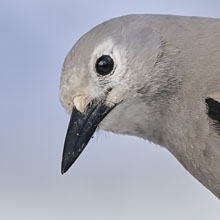Availability: Undetermined - Enquiries?
In the Field
Z 7II Testing - The Curious Nutcracker. Findlay Creek Region (East Kootenays), British Columbia, Canada. December 27, 2020.
This is my 12th gallery post relating my experiences with shooting wildlife using the Nikon Z 7II. This go 'round the subject is one of my favourite local birds - a Clark's Nutcracker. These largish members of the jay family are both gregarious and loud (like really loud). I've always thought of them as "living grayscale" birds, with their tails being snow-white (as close to 256, 256, 256 in their RGB values as you can get), their wings and bill jet black (RGB of close to 0,0,0) and the bulk of their body a neutral gray (yep, you guessed it, not far off of 128, 128, 128). This particular bird DID have a slight tinge of brown on its upper back and breast, but not enough to make it gaudy! ;-)
In the last while I've run into a few articles both discussing and "rating" how well various native Z-mount lenses perform on the Z-series bodies. So far we know virtually ALL the full-frame Z-mount lenses are very good, with some being absolutely superb. To date (6 August 2021) ALL the Z-mount lenses introduced by Nikon have been of a focal length of 200mm or less, so the question of interest to wildlife photographers is this: How do adapted F-mount telephoto and super-telephoto lenses work (and rate) when shot on Nikon's full-frame Z-bodies?
So far I've shot my Z-bodies (original Z 7, Z 6II, and Z 7II) with only 3 F-mount telephoto lenses. These lenses are the Nikkor 120-300mm f2.8E, the Nikkor 180-400mm f4E, and the Nikkor 500mm f5.6E PF. I also have experience shooting each of these lenses on the following DSLR's - the D500, the D5, and the D6? So I think I'm pretty well-qualified and positioned to make a credible statement about the performance of at least these 3 F-mount lenses on the Z-bodies.
Is there a single sentence that can adequately convey their performance on the Z-bodies? Yes: All perform equally well or BETTER on the Z-bodies than they do on Nikon DSLR's.
The two most critical observations I have made when shooting these 3 lenses on the Z-bodies? First is that the hit rate of in-focus images with these 3 lenses is HIGHER on the Z-bodies than on the Nikon DSLR's. I attribute this to differences in how the AF system works on Z-series bodies vs. DSLR's, with the net result being you have a slightly more accurate focus with the Z-bodies, and ultimately that translates into a higher hit rate of sharp shots.
Second - and this difference is even MORE pronounced than the hit rate difference - is that all 3 lenses produce better quality images (mostly in terms of sharpness) when paired with the Nikon TC-14EIII (1.4x) and TC-20EIII (2x) teleconverters and shot on the Z-bodies (rather than on DSLR's). The between camera-type difference in performance with teleconverters is most pronounced with the 500mm f5.6E PF where you can get exceptionally good performance out of the TC-20EIII (2x) teleconverter - and that lens/TC combo won't even focus on any of Nikon DSLR's.
Of course, like all Nikon wildlife photographers shooting with their new mirrorless bodies I do look forward to the day when I can be shooting with non-adapted (native) Z-series telephoto and super-telephoto lenses. But in the interim it's reassuring to know that our favourite F-mount telephoto and super-telephoto lenses perform exceptionally well on the Z-bodies.
Here's a larger version (4800 pixel) of this curious bird:
• The Curious Nutcracker: Download 4800 pixel image (JPEG: 4.5 MB)
ADDITIONAL NOTES:
1. This image - in all resolutions - is protected by copyright. I'm fine with personal uses of them (including use as desktop backgrounds or screensavers on your own computer), but unauthorized commercial use of the image is prohibited by law. Thanks in advance for respecting my copyright!
2. Like all photographs on this website, this image was captured following the strict ethical guidelines described in The Wildlife FIRST! Principles of Photographer Conduct. I encourage all wildlife photographers to always put the welfare of their subjects above the value of their photographs.
Behind the Camera
Z 7II Testing - The Curious Nutcracker. Findlay Creek Region (East Kootenays), British Columbia, Canada. December 27, 2020.
Compressed RAW (NEF) 14-bit format; ISO 500.
Nikon Z 7II paired with Nikkor 180-400mm f4E @ 380mm. Supported on Jobu Algonquin tripod with Jobu HD Mk IV gimbal head. VR on and in Sport mode. Single Area AF area mode.
1/400s @ f7.1; +0.33 stop compensation from matrix-metered exposure setting.
At the Computer
Z 7II Testing - The Curious Nutcracker. Findlay Creek Region (East Kootenays), British Columbia, Canada. December 27, 2020.
RAW Conversion to 16-bit PSD file (and JPEG files for web use), including all global and selective adjustments, using Phase One's Capture One Pro 21. Global adjustments on this image were limited to tweaks to brightness and exposure. Selective local adjustments performed using Capture One Pro's layers and masking tools. In this case selective adjustments were made on 8 separate layers and included one or more tweaks to contrast (via a levels adjustment), blacks, structure (it's a Capture One thing), highlights, brightness, and exposure.
Photoshop modifications were limited to the insertion of the watermark and/or text.
Conservation
Z 7II Testing - The Curious Nutcracker. Findlay Creek Region (East Kootenays), British Columbia, Canada. December 27, 2020.
Species Status in Canada*: This species is not designated as at risk.
The Clark's Nutcracker (Nucifraga columbiana) is a nosey and noisy member of the jay family and is found in coniferous forests in the western mountains of North America. Clark's Nutcrackers feed primarily on pine seeds but show extreme flexibility in adapting to new food sources, including using bird feeders or robbing food from campgrounds.
During the breeding season Clark's Nutcrackers will defend small nesting territories against conspecifics, but for the bulk of the year they are highly social and gregarious, often forming flocks of 20 or more individuals. Although their breeding behaviour is poorly studied, it appears that they ae monogamous and likely form long-lasting pair bonds.
*as determined by COSEWIC: The Committee on the Status of Endangered Wildlife in Canada







